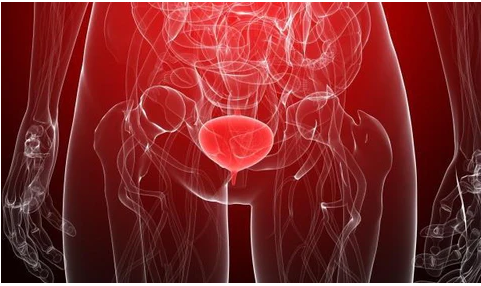Bacterial vaginosis is a form of vaginal irritation brought on by an overabundance of the normally occurring bacteria in the vagina, which throws off the delicate balance. A balance between harmful and helpful bacteria in the vagina leads to bacterial vaginosis (BV). Other symptoms include a distinctive odor, peculiar discharge, and vaginal itching.
Although it can affect women of any age, bacterial vaginosis is more common in women in their reproductive years. The exact reason is unknown; however, certain behaviors like unprotected intercourse or regular douching raise your risk. This page discusses the symptoms of BV, its causes, potential side effects, and home cures and treatments. Additionally, it looks at BV prevention and how to tell BV from a fungal infection.
Symptoms of Bacterial Vaginosis
Most ladies with BV (50–75%) do not show any symptoms. If they do, the vaginal discharge is usually altered by becoming more frequent. Signs and symptoms of bacterial vaginosis might include:
- Vaginal discharge that is light, thin, white, or green
- Fishy-smelling, foul-smelling vaginal odor
- Itchy vagina
- Discomfort when urinating
Causes
The excess of one of the many bacteria that are normally present in your vagina causes bacterial vaginosis. The "good" bacteria (lactobacilli) often outweigh the "bad" bacteria (anaerobes). However, excessive anaerobic bacteria can disrupt the average balance of microorganisms in your vagina and result in bacterial vaginosis.
Only some of the bacteria found throughout the body are pathogenic. Health issues might develop when there are more harmful bacteria than beneficial bacteria in a certain region. Most bacteria in the vagina are beneficial, whereas BV develops when the quantity of dangerous bacteria increases.
Lactobacilli-producing bacteria should be present in the vagina. The lactic acid generated mildly increases the vagina acidity. This stops some dangerous germs from flourishing there. Fewer Lactobacilli might result in the vagina being less acidic. Harmful bacteria can develop and thrive in the vagina if it is not acidic enough.
Numerous factors, such as the following, might lead to an imbalance:
- Having sex with a new partner
- Getting pregnant
- Having multiple sex partners
- Previous use of antibiotics
- Not utilizing a barrier technique, such as a condom, during sex.
Prevention
To lessen the risk of bacterial vaginosis:
- Reduce vaginal irritability: Use unscented tampons or pads and gentle, nondeodorant washes.
- Avoid douching: Only a regular bath is necessary to clean your vagina. Douching often throws off the vaginal balance and might make you more susceptible to vaginal infections.
- Try to keep yourself from contracting sexually transmitted diseases: Reduce your chance of contracting an STD by using a male latex condom, limiting the number of partners you have sex with, or refraining from sexual activity.
A Home Remedy
Probiotics are one natural option for bacterial vaginosis treatment. These are beneficial living bacteria. Probiotics is another name for several helpful yeasts. They can also be useful for the treatment of intestinal cystitis.
